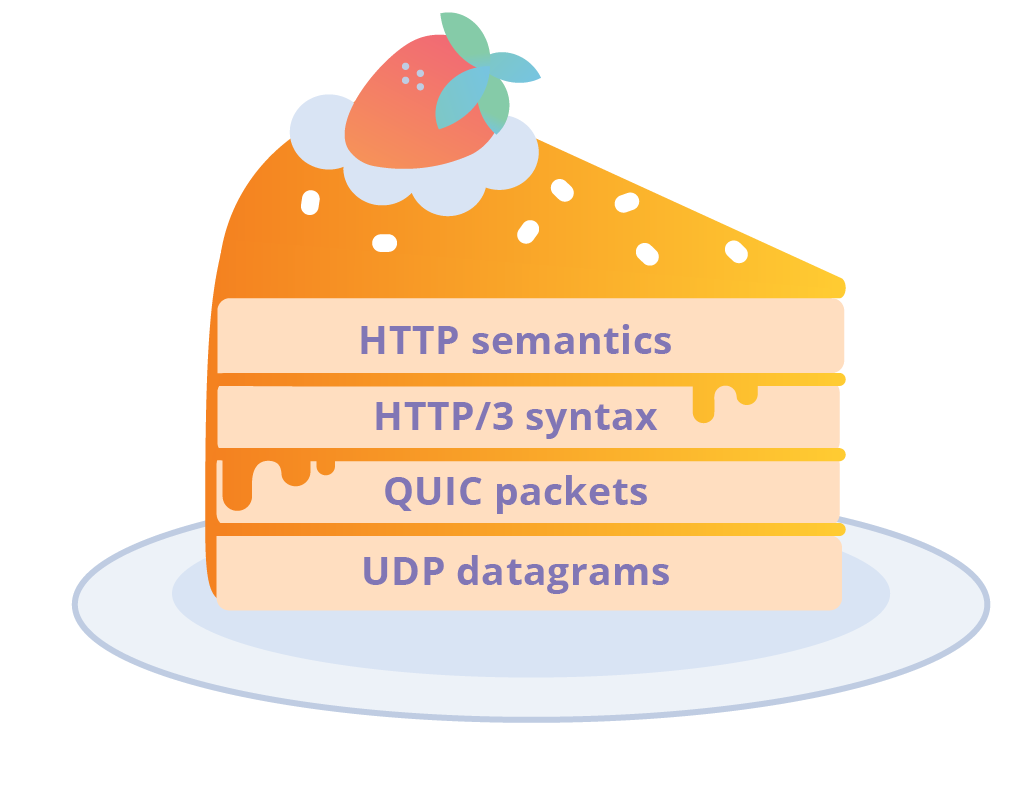Cisco’s AppDynamics software ties in SDN, serverless for greater app management
Cisco’s AppDynamics business rolled out a raft of enterprise technologies it said will help customers better manage everything from software-defined networks and serverless computing environments to application performance.The wide-ranging announcement – easily AppDynamics largest technology upgrade since being acquired by Cisco two years ago – targets enterprise customers looking to monitor performance and automate the response to problems in business applications. [ Learn more about SDN: Find out where SDN is going and learn the difference between SDN and NFV. | Get regularly scheduled insights by signing up for Network World newsletters. ] The rollout included key components such as a Cognition Engine that will be the basis for future automation and artificial intelligence-based application performance management and the integration of AppDynamics application monitoring tools and Cisco’s Application Centric Infrastructure (ACI) technology to help customers mix application health and network operations management in the data center and multi-cloud environments.To read this article in full, please click here
 Baidu, China’s search and ad giant, has aggressively re-focused its business on artificial intelligence and connected vehicles as the U.S.-China trade war heats up and online advertising becomes less profitable.
Baidu, China’s search and ad giant, has aggressively re-focused its business on artificial intelligence and connected vehicles as the U.S.-China trade war heats up and online advertising becomes less profitable.
 Threat researchers at Netskope and McAfee this week described new and potentially dangerous networking vulnerabilities.
Threat researchers at Netskope and McAfee this week described new and potentially dangerous networking vulnerabilities. The new group’s list of founding members reads like a who’s who of chipmakers, telecommunications companies, cloud providers, edge infrastructure vendors, and others.
The new group’s list of founding members reads like a who’s who of chipmakers, telecommunications companies, cloud providers, edge infrastructure vendors, and others. This is the latest in a series of major changes at Vodafone, which just said goodbye to a number of executives and announced large real estate changes in the U.K.
This is the latest in a series of major changes at Vodafone, which just said goodbye to a number of executives and announced large real estate changes in the U.K. Another day, another multi-million dollar cloud deal for IBM, which signed a $260 million agreement with the Bank of the Philippine Islands.
Another day, another multi-million dollar cloud deal for IBM, which signed a $260 million agreement with the Bank of the Philippine Islands.

 CoreDNS replaced kube-dns as the default DNS server in the most recent update of Kubernetes. It is the fourth project to graduate CNCF.
CoreDNS replaced kube-dns as the default DNS server in the most recent update of Kubernetes. It is the fourth project to graduate CNCF. The most important 5G pilot in the EU to date, according to the report, was carried out by Elisa in Finland because it used at least two cell sites and involved end users.
The most important 5G pilot in the EU to date, according to the report, was carried out by Elisa in Finland because it used at least two cell sites and involved end users.